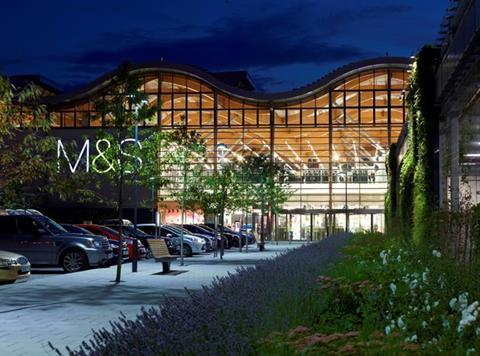
The analysts weren’t mincing their words as Marks & Spencer announced its first-half results. Marks & Spencer needed to make seismic changes to its proposition, they said. “Business as usual” would no longer suffice and CEO Steve Rowe needed to take some “calculated risks” to save the high street retailer.
So has Rowe answered his critics? The headlines will be dominated by the closure of 60 stores, and the downscaling of its international store ops, moving to a franchise-based model, resulting in a one-off hit of £150-200m.
But with clothing and general merchandise “a giant, profit-sapping albatross” around Rowe’s neck (like-for-like sales declined 2.9% in Q2 despite “early signs that our actions are working” (they fell 8.9% in Q1), equally significant is the move to a 50:50 split for food and clothing/home in store over the next five years, up from the third given currently to food.
From being the bridesmaid of the business, Rowe is now firmly wedded to a future where food is on an equal footing with fashion.
Not all of this is new. Rowe had already announced plans in April to open 200 additional Simply Food stores. They will be up and running by the end of 2018/19.
What’s new is Rowe’s revelation that quite a lot of these additional Simply Food stores will be conversions from full-line stores (some downsized in the process).
The M&S maths doesn’t entirely add up: 30 stores will close entirely (though Rowe won’t say where) with 45 full-line stores dropping clothing and home goods, and selling food only instead. And there are even plans to open some new full-line stores in underserved areas.
But the direction of travel is clear enough. There’s a lot less floor space devoted to the retailer’s fashion lines, and lots more opportunities for Rowe’s “Mrs M&S” to buy more sushi and sticky toffee pudding in underserved parts of the country, with Rowe pointing out that, so far, only two-thirds of the country is within 10 minutes of an M&S store.
In other words, the M&S space race is still on. But whereas it seemed wildly optimistic to accelerate it (M&S opened 21 stores in the half) we now have a little bit more detail on how M&S propose to get there, and it’s not quite so ambitious after all.
That’s no bad thing. As well as the food business is performing (sales were up 4.1% in Q2 thanks to new store openings, with stores opened in the past year exceeding sales forecasts by 17%, showing there’s a real appetite for M&S food in underserved markets) like-for-like sales are down 0.9% in “a competitive market”.
With lots of bad news flying around, and a certain degree of confusion about the store closure programme, the M&S share price fell 5.2% today. But M&S’s director of food, Andy Adcock, reassured The Grocer the store realignment was definitely good for food.
“Food is not going to be negatively impacted by this change,” he said. Quite the opposite in fact. Food is front and centre in the future of M&S. The prospects for fashion are less certain. And with food historically delivering lower profit margins Rowe is likely to face plenty more questions yet.



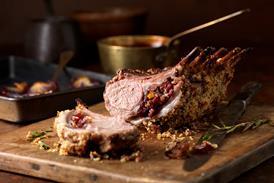
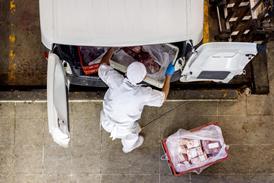


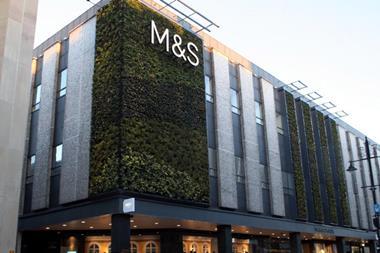

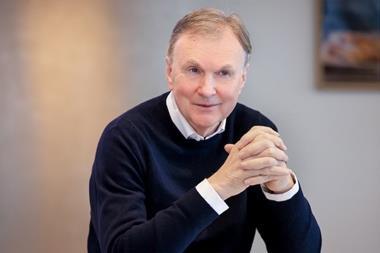


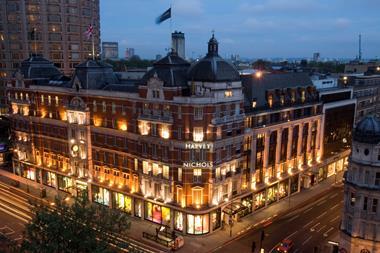






No comments yet